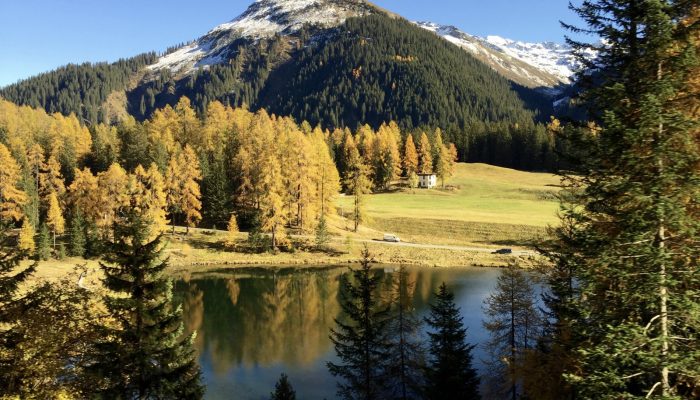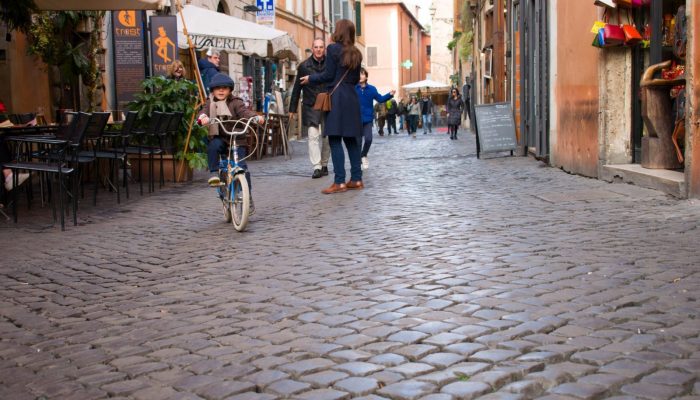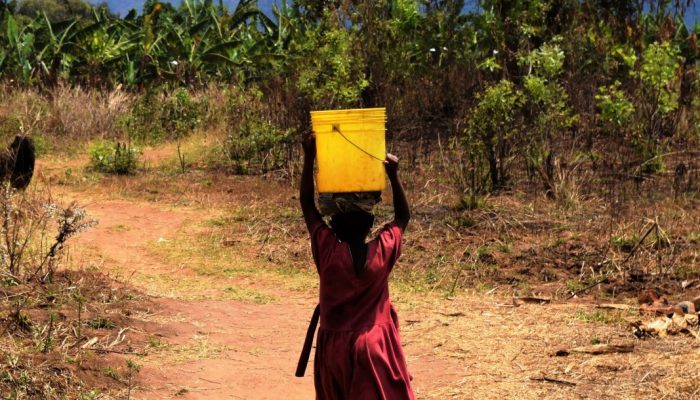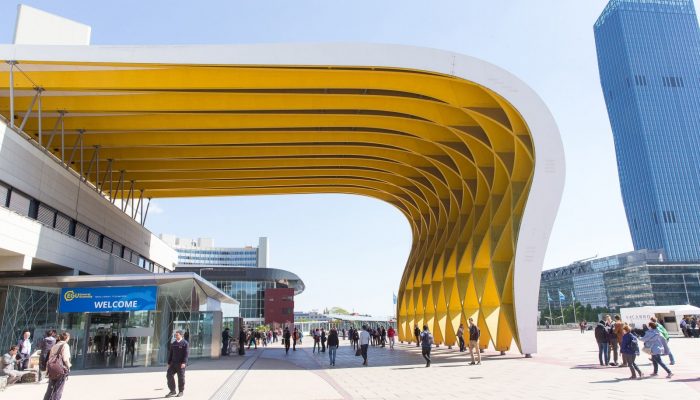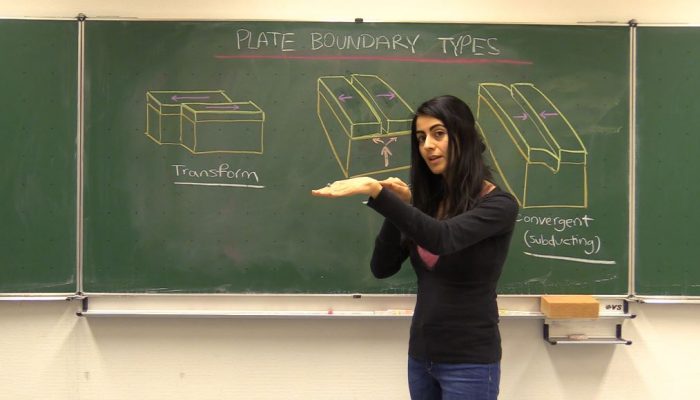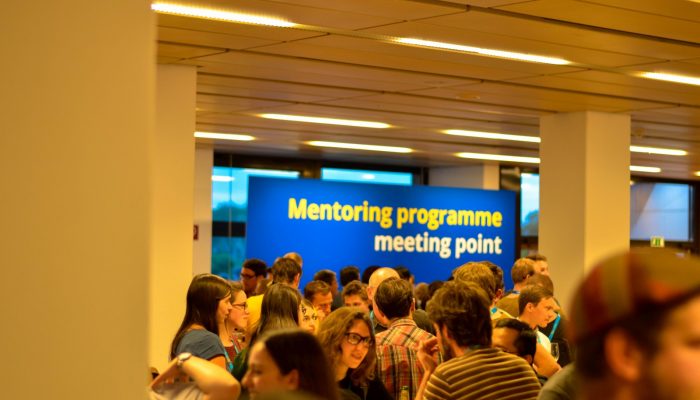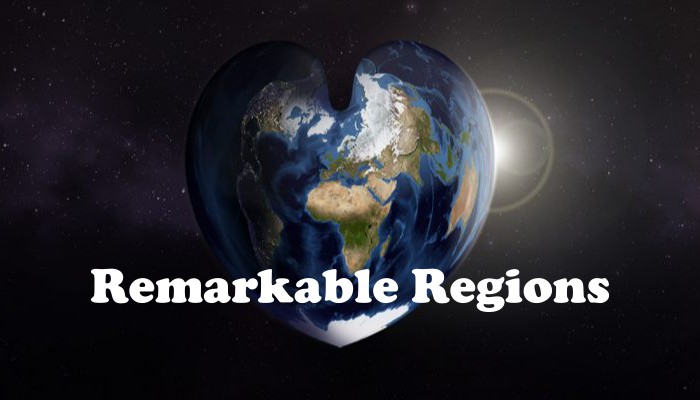The EGU General Assembly brings together geoscientists from all over the world to one meeting that covers all disciplines of the Earth, planetary and space sciences. The conference is taking place in Vienna on 8–13 April 2018, providing an opportunity for both established scientists and early career researchers to present their work and discuss their ideas with experts in all fields of the geoscie ...[Read More]
Climate: Past, Present & Future
What is in the (European) air?
You thought that Mauna Loa was the only observatory to provide continuous measurements of atmospheric carbon dioxide concentration and were disappointed because Hawaii is way too far from your study area or because you wanted to know how bad the air is in your hometown? The US have been monitoring the composition of the atmosphere since 1972, but what about Europe? Since 2008, Europe has its own ...[Read More]
GeoLog
Imaggeo on Mondays: Autumnal Larch
For a fantastically picturesque train ride, consider travelling by rail between Lanquart and Davos (in Switzerland). You’ll be rewarded with stunning Alpine views, especially in autumn when the Larches, surrounded by Spruces, turn yellow and cast pretty reflections in the waters of the mountain lakes. Seen here is Schwartzsee, located only a few meters from ‘Davos Laret’ train station. Imaggeo is ...[Read More]
Tectonics and Structural Geology
How Rome and its geology are strongly connected
Walking through an ancient and fascinating city like Rome, there are signs of history everywhere. The whole city forms an open-air museum, full of remnants of many different times the city has known, from the Imperial to the Medieval times, the Renaissance, the Fascist period, and finally the present day version of Rome. For historians and archaeologists, unravelling the exact history of the city ...[Read More]
Geology for Global Development
Bárbara Zambelli Azevedo: Access to clean water, gender equality and geosciences
The importance of access to safe drinking water in our lives is quite obvious. Although its relation with gender equality and sustainable development may be less so. In this article, Bárbara Zambelli Azevedo explores the relationship between the two and discusses what geoscientists can do to improve the situation. In 2017, according to the WHO, over 2.1 billion people still don’t have access to sa ...[Read More]
GeoLog
A first-timer’s guide to the 2018 General Assembly
Will this be your first time at an EGU General Assembly? With almost 14,500 participants in a massive venue, the conference can be a confusing and, at times, overwhelming place. To help you find your way, we have compiled an introductory handbook filled with history, presentation pointers, travel tips and a few facts about Vienna and its surroundings. Download your copy of the EGU General Assembly ...[Read More]
GeoLog
Imaggeo on Mondays: Angular unconformity
It is not unusual to observe abrupt contacts between two, seemingly, contiguous rock layers, such as the one featured in today’s featured image. This type of contact is called an unconformity and marks two very distinct times periods, where the rocks formed under very different conditions. Telheiro Beach is located at the western tip of the Algarve; Portugal’s southernmost mainland region and the ...[Read More]
GeoLog
GeoTalk: How an EGU Public Engagement Grant contributed to video lessons on earthquake education
Did you know that the EGU has a public engagement grant scheme which, annually, awards two EGU members with 1000€ to help them develop an outreach project? The 2018 call for applications is currently open. In this GeoTalk interview, Laura Roberts talks to Solmaz Mohadjer, a winner of the first EGU Public Engagement Grants competition in 2016. If you are considering applying, then read on for tips ...[Read More]
GeoLog
Mentoring programme at EGU 2018
With over 14,000 participants, 4,849 oral presentations and over 11,000 posters, all under one roof, the General Assembly can be an overwhelming experience. There is a warren of corridors to navigate, as well as a wide range of workshops, splinter and townhall meetings to choose from. With that in mind, we’ve put in place some initiatives to make the experience of those joining us in Vienna for t ...[Read More]
Geodynamics
Alaska: a gold rush of along strike variations
Every 8 weeks we turn our attention to a Remarkable Region that deserves a spot in the scientific limelight. After exploring the Mediterranean and the ancient Tethys realm, we now move further north and across the Pacific to the Aleutian-Alaska subduction zone. This post was contributed by Kirstie Haynie who is a PhD candidate at the department of geology at the University at Buffalo, State Univer ...[Read More]



